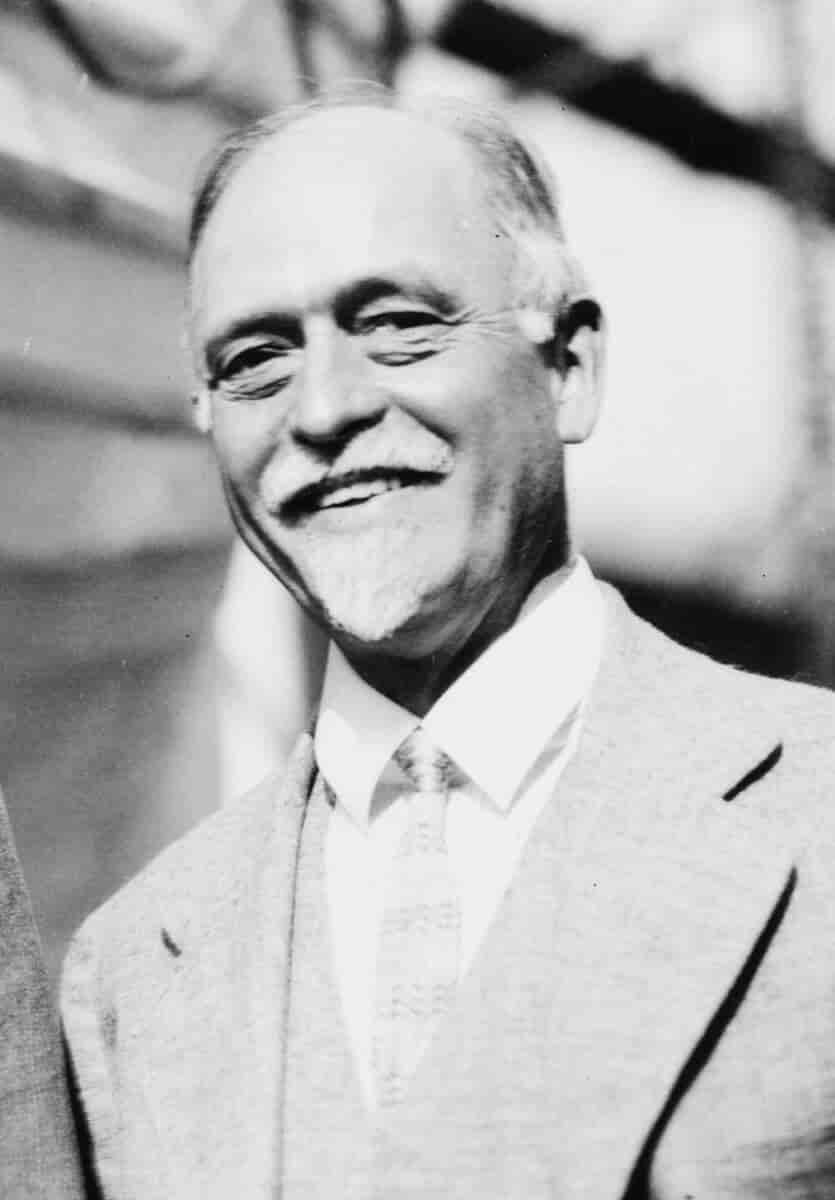Fisher made important contributions to utility theory and general equilibrium. He was also a pioneer in the rigorous study of intertemporal choice in markets, which led him to develop a theory of capital and interest rates. His research on the quantity theory of money inaugurated the school of macroeconomic thought known as “monetarism”. Fisher was also a pioneer of econometrics, including the development of index numbers. Some concepts named after him include the Fisher equation, the Fisher hypothesis, the international Fisher effect, the Fisher separation theorem and Fisher market.

Fisher was perhaps the first celebrity economist, but his reputation during his lifetime was irreparably harmed by his public statement, just nine days before the Wall Street Crash of 1929, that the stock market had reached “a permanently high plateau”. His subsequent theory of debt deflation as an explanation of the Great Depression, as well as his advocacy of full-reserve banking and alternative currencies, were largely ignored in favor of the work of John Maynard Keynes.
Fisher’s reputation has since recovered in academic economics, particularly after his theoretical models were rediscovered in the late 1960s and 1970s, a period of increasing reliance on mathematical models within the field. Interest in him has also grown in the public due to an increased interest in debt deflation after the Great Recession.
Fisher was one of the foremost proponents of full-reserve banking, which he advocated as one of the authors of A Program for Monetary Reform where the general proposal is outlined.
According to en.wikipedia.org. Source of photos: internet








